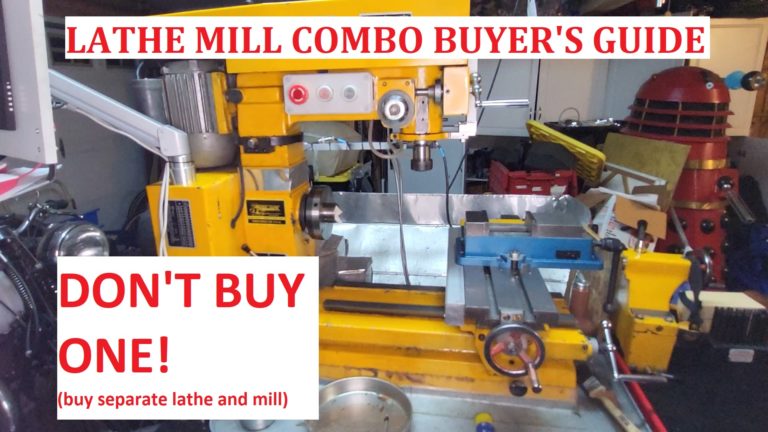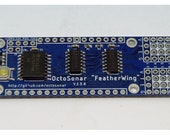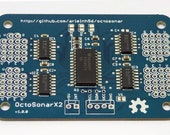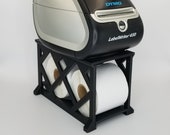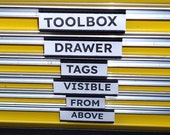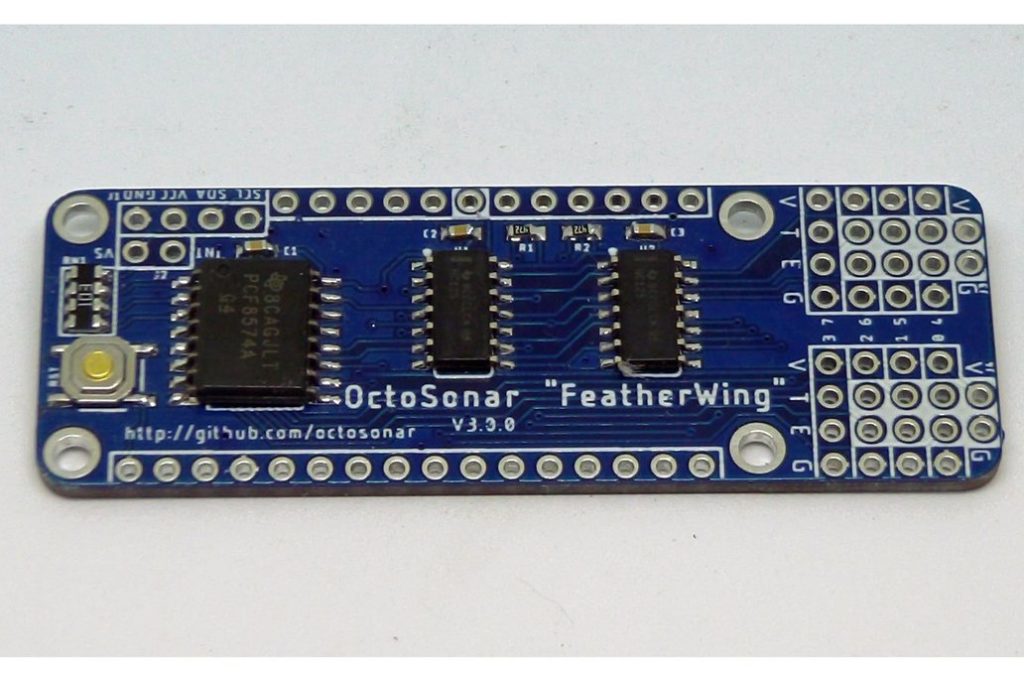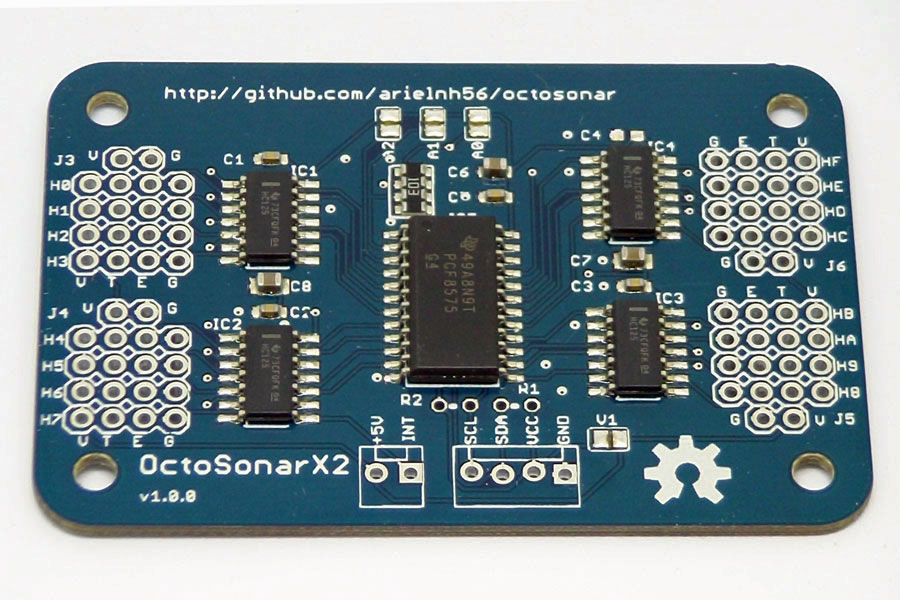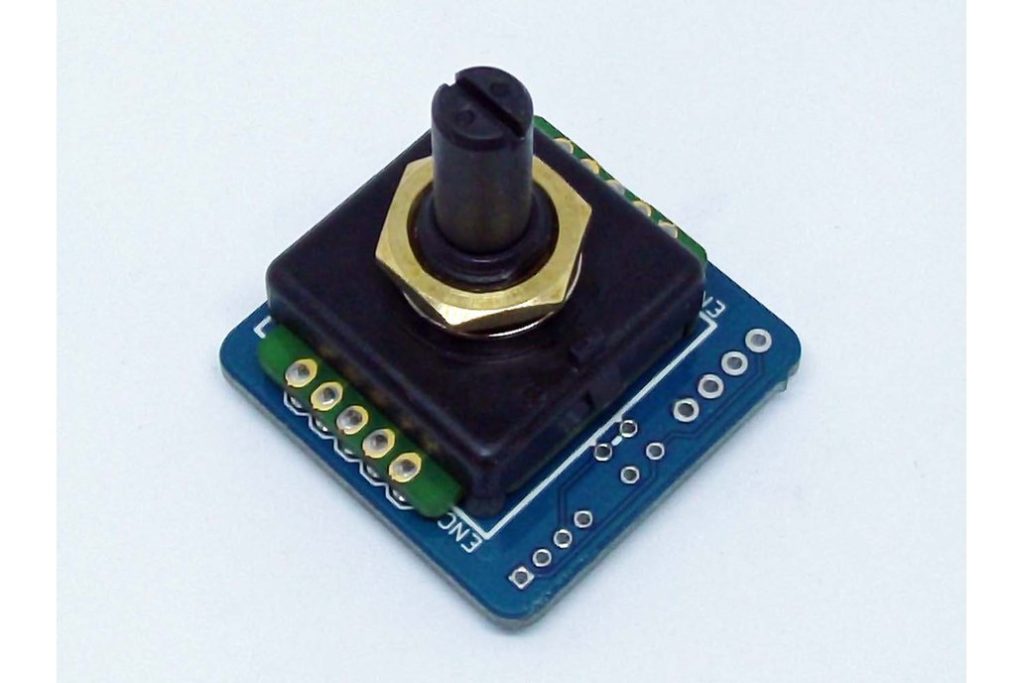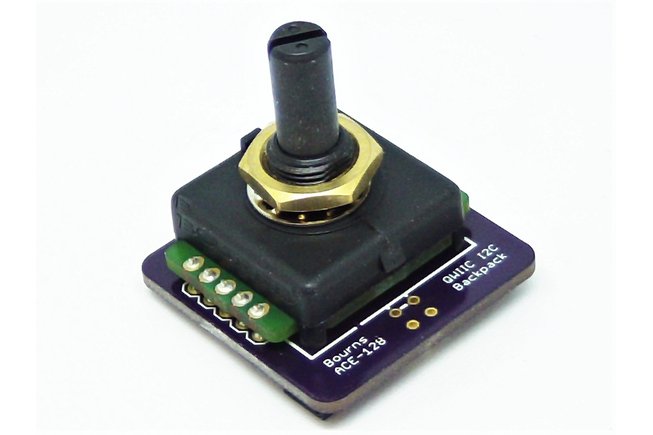I’ve run up a short video sharing my thoughts on the Lathe Mill Combo format of machine tools. The short version is: if you are really short on space, they are a valid machining platform, but they are a compromise. If you can commit the space, buy a lathe and then a mill. Get a drill press anyway.
These machines tend to lack rigidity compared to similar sized dedicated machines, and their format brings in some annoyances. For instance there is a perennial problem of getting the tool bit down to work near the table. Ten inches is a long way to go from the nose of the spindle. I find myself constantly re-truing the mill vise or re-zeroing my lathe tools as I switch it between lathe mode and mill mode and back again.
I purchased my ShopTask 1720 XMTC back in 1998 because I didn’t listen to that advice – and I was interested in the CNC potential of that specific model. I’m making do with it for now, but when I get more space, I’ll be shopping at Precision Matthews or Grizzly for new machines.
If I were to buy a new Lathe Mill Combo today, I would probably go for the Smithy Granite. While it is based on the earlier single motor “short head” design, it is scaled up significantly. It looks to be more rigid than the other offerings on the market – wider column, lower lathe spindle, deeper beam on the mill etc. It has a 2HP motor with variable speed control and a quick change gearbox for the lead screw. It has a rapid Z wheel, a half nut and a threading dial.
Things to watch out for in selecting a combo machine. (some of these also apply to dedicated machines)
- Quill travel and quill type. Mine as an MT3 spindle and about 3″ of quill travel. MT3 extensions are 4″ long. If my tool is just short of the work, on full extension, the extension will make it an inch too low.
- Toolpost. Most of these machines do not come with a quick change tool post. You’ll want one.
- Chuck size. The smaller machines only have a 4″ chuck. A lathe for the same price will be 5″.
- Features missing on the lathe apron. e.g. rapid Z, half nut, threading dial.
- Rigidity. This is hard to see, but the wider and shorter things are, the better, in general.
- Many of these have a mill head that can go up – but it can’t go down. You’ll never get the spindle nose near the table. Up is better than no movement, as is the case with my ShopTask.
- The exception here is the “back-head” types that seem to take a standard dovetail-Z mill and bolt it to the back of a standard lathe. The main drawback of these seems may be reduced work envelope. Note this video from Jet Boat Mayhem where the user found one of the smaller “back-head” types so frustrating he unbolted the mill-head and tied it to a separate X-Y table.
Useful links:
- History of 3-in-1 (ShopTask perspective)
- Smithy perspective
- Blondihacks on what machines to buy first
